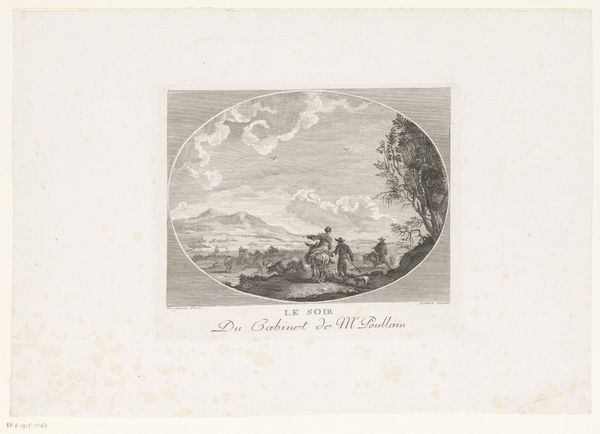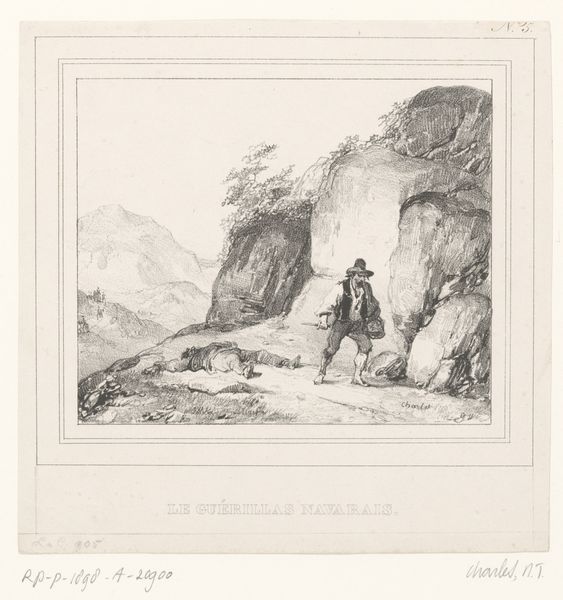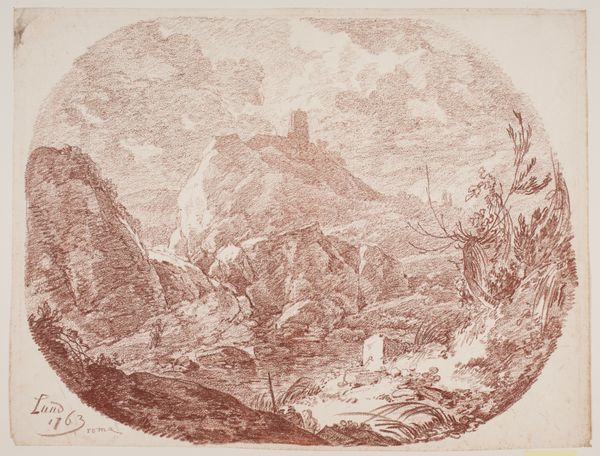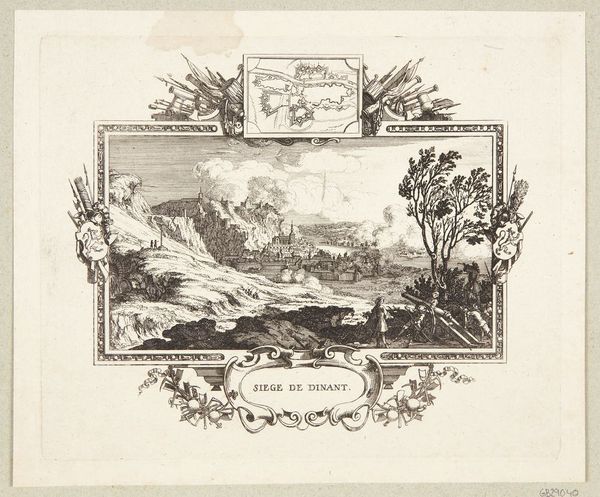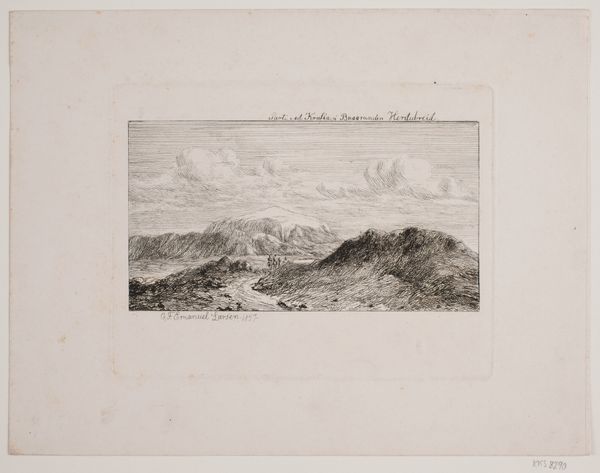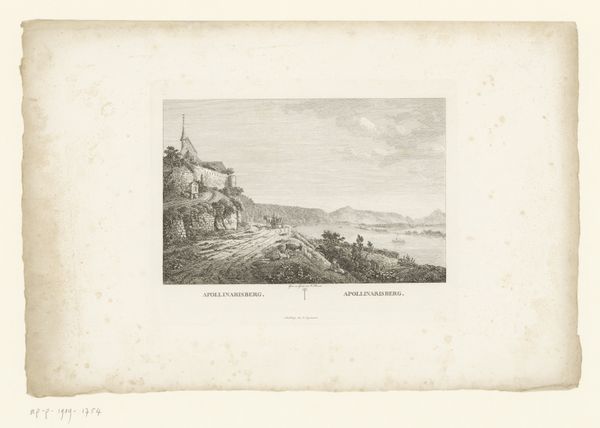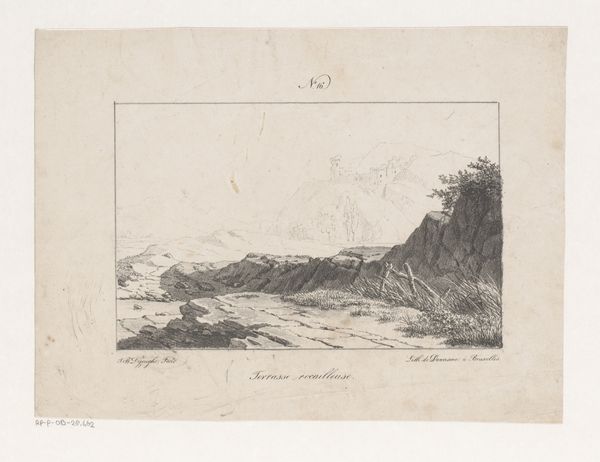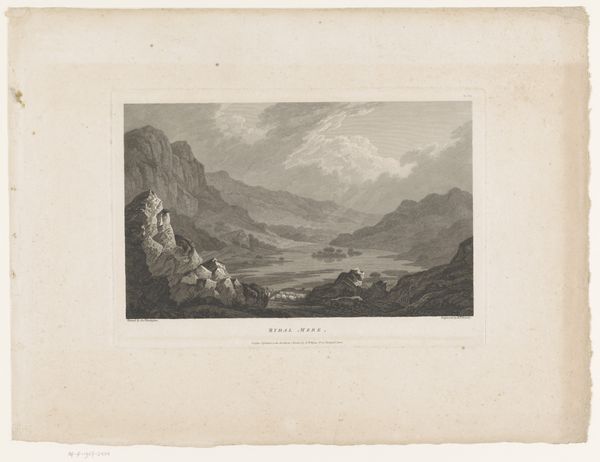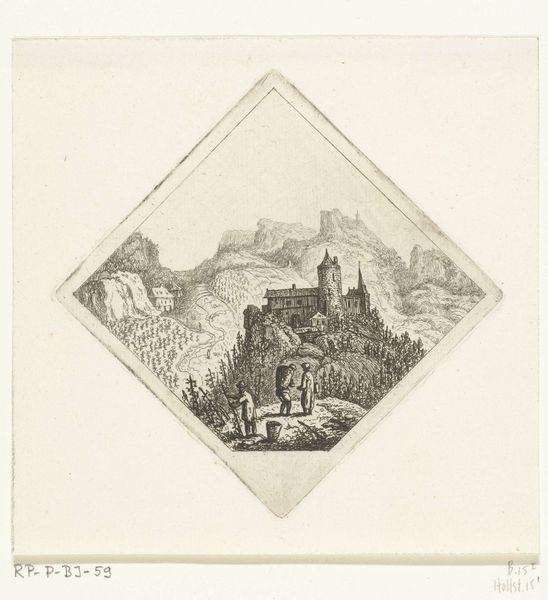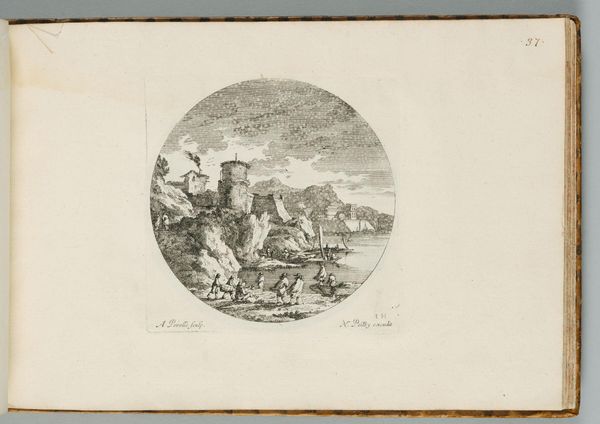
print, etching
#
baroque
# print
#
etching
#
landscape
#
figuration
#
line
#
realism
Dimensions: 81 mm (height) x 81 mm (width) (plademaal)
Curator: Welcome! Before us is "Forår," an etching dating from 1652-1683 by Jan van Almeloveen. You can find it here at the Statens Museum for Kunst. Editor: My first impression is a feeling of vastness captured in such a small space! The figures in the foreground are dwarfed by the scale of the landscape. The delicate lines used to render this scene really contribute to its tranquil atmosphere. Curator: Almeloveen worked within the Dutch Baroque tradition, which saw a rise in landscape art and depictions of everyday life. The formal diamond shape of the print, as well as the attention to linear detail, demonstrate this beautifully. It certainly invited its original audience to pause and contemplate the natural world. Editor: Absolutely, but it also evokes for me questions of accessibility. Landscape art, while seemingly apolitical, can reflect social realities. Who owned land, who had the leisure to appreciate these views, and whose labor made it possible? Curator: That's a critical lens, for sure. The rise of landscape paintings often coincided with shifts in land ownership and the growth of a merchant class. Artists like Almeloveen were undoubtedly shaped by and responded to these socio-economic currents. Editor: I think, too, about how the seemingly objective eye of the artist can be deceptive. What choices were made in framing this view? Where are the markers of labor? Are we truly getting an unmediated glimpse of spring? I appreciate how it almost resembles a photographic still that captures what the artist wanted to capture in that frame. Curator: Well, thinking about artistic intention, the level of detail suggests a deliberate effort to present a particular vision of harmony, perhaps alluding to an idealized view of country life that may have resonated with the artist’s urban patrons. Editor: Perhaps! But this kind of tranquil landscape can also encourage viewers to forget what was happening during the Baroque age in society. The reality on the other side of the frame: wealth was increasingly derived from colonialism and trade with enslaved peoples. Curator: These connections are complex and invite critical engagement with not just the image but its place in history. Almeloveen’s world, rendered in delicate lines, coexisted with injustice and hardship. Editor: Understanding that interplay, I believe, makes us more conscious viewers and helps to ensure that art isn't appreciated without an understanding of society. Curator: A thoughtful consideration. Let's carry these perspectives as we continue our journey through art history!
Comments
No comments
Be the first to comment and join the conversation on the ultimate creative platform.

